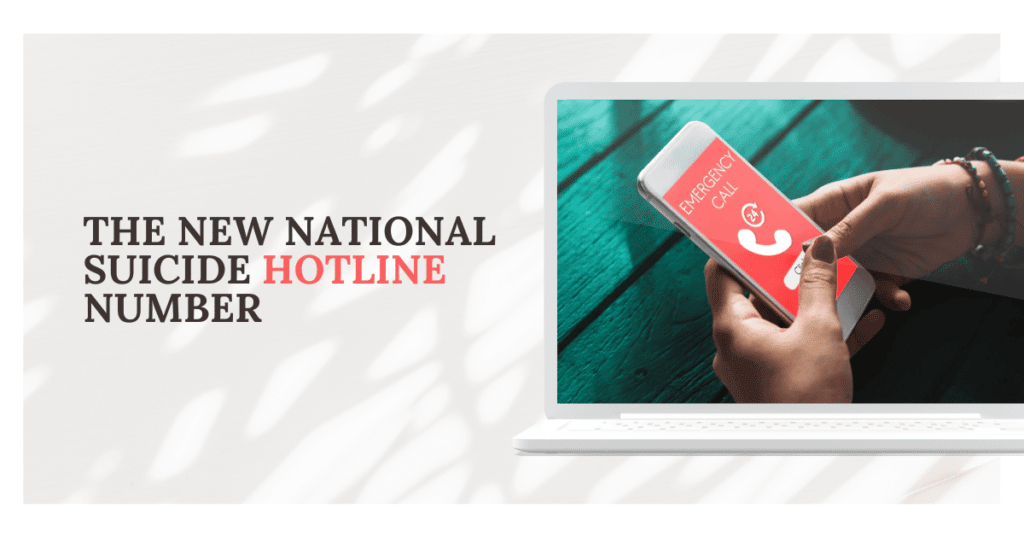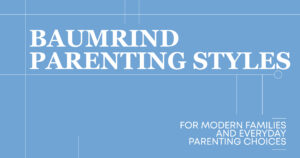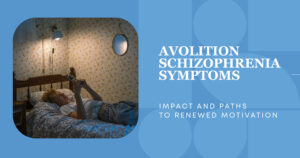Suicide is a public health concern that can strike anyone, especially young people. Among Americans aged 10 to 34, suicide is the second-leading cause of death, according to reports from the National Institute of Mental Health. Suicide is the 12th most common cause of death in the United States.
As a result of the COVID-19 pandemic (disproportionately affected people of color and those who identify as LGBTQIA+), the American Academy of Pediatrics and the U.S. Surgeon General have recognized the rising problem in children’s mental health and called for immediate action.
As a result of former President Trump signing the National Suicide Hotline Designation Act of 2020 into law, plans for a mental health hotline were put into motion. “988” replaced the previous 1-800-273-8255 (TALK) number for the National Suicide Prevention Lifeline on July 16th, 2022.
States and territories across the United States have received $105 million in funding from President Biden to improve crisis call center services in advance of the switchover to 988. This is part of the administration’s mental health plan. We’ll learn more about this 24-hour crisis hotline in the following sections.
What’s the 988 National Suicide Hotline?
Anyone struggling with challenges related to their mental health can now call this new three-digit code to be connected with trained counselors immediately. Because it is staffed continuously, the helpline is available all day and night for anyone to contact and ask for assistance.
In 2005, the Substance Abuse and Mental Health Services Administration in the United States developed the National Suicide Prevention Lifeline, which we can access at the toll-free number 1-800-273-8255. Since then, the lifeline has reportedly received over 20 million calls, as stated on the organization’s website.
The new number, 988, provides clients access to the same excellent service as the former phone number, but it is much simpler to keep in mind.
Why did we Change the National Suicide Hotline Number?
When facing a mental health crisis, it may be difficult to recall a 1-800 number. The three-digit code is preferable to requiring users to remember a lengthy number. Also, 911 & 211 (the national social assistance helpline) are easily associated with the new 988 area code; this might make it easier to get help and support in the event of an emergency.
About 200 crisis centers throughout the country will be bolstered and expanded by the changeover to a three-digit number. Anyone needing emotional support will find it convenient to call this new national suicide hotline and speak with a certified help crisis counselor.
Of course, increased demand will increase due to increased accessibility. An increase in the number of people who can take incoming calls and provide assistance can be achieved by providing funding for call centers which President Biden has taken effective steps as mentioned initially.
Furthermore, Local call centers will significantly influence the performance of the hotline and the value it provides to customers. Since its inception in 2005, lifeline’s call volume has grown by an average of 14% per year. As the pandemic-related emotional pressures continue to damage the nation’s mental health, experts predict this number will rise. If 988 is successful, it will be easier for those contemplating suicide to get the aid they require as fast as possible.
How does the New National Suicide Helpline Work?
People who text, call or use the chat feature to get in touch with the hotline will be linked to trained crisis counselors who belong to the National Suicide Prevention Lifeline network, based on the information that can be found on the website for the Lifeline organization. Out of the network’s total of 200 local crisis centers, callers are transferred to the center that is geographically located closest to their current location.
Individuals can speak with a counselor at any time, day or night, seven days a week, for no cost, and receive listening, assistance, and referrals to relevant mental health services.
Who Should Call the Suicide Hotline?
The 988 support line is available to everybody in the nation. If you or someone you know needs assistance with mental health, you can reach out to this number by calling or texting. They don’t need to feel threatened by taking their own life to call the lifeline. The 1-800 number is the same function too.
The New National Suicide Hotline Number and its Possible Effect on Youth Mental Health
For the first time, CDC data shows that 44 percent of youth in the United States of America are chronically depressed and hopeless, an increase from 37 percent in 2019, according to the Adolescent Behaviors and Experiences Survey. Also, Teen suicide rates climbed in 14 states analyzed in 2022, although other states saw a drop.
Suicide rates in the US fell for a third straight year in 2020, according to another CDC report. However, the fall was not universal.
During the pandemic, there was a rise in the number of young and middle-aged people taking their own lives. Suicidal thoughts among LGBTQ teens have increased over the previous three years based on reports from the Trevor Project (a suicide prevention organization). 988 makes the bureaucratic process much easier for teenagers. They don’t need to be embarrassed about asking for help when they can call and speak with top-notch counselors.
Mental Health Treatment for Teens in Southern California
It is essential to be aware of the warning indications of suicide and take action when you notice them. For teens struggling with a mental or behavioral health crisis, the launch of 988 offers a chance to strengthen and expand the nation’s crisis response system. More people with suicide ideation could benefit from the services provided by 988 if it is successful.
However, the best action you can take against suicide is mental maintenance and preventative measures before your teen reaches a crisis level. Hillside Horizon for Teens offers several options for teens facing issues that often lead to suicidal thoughts, such as depression, anxiety, bipolar disorder, and more. To learn more about treatment for teen mental health issues in California, call us at 855-746-8378.





